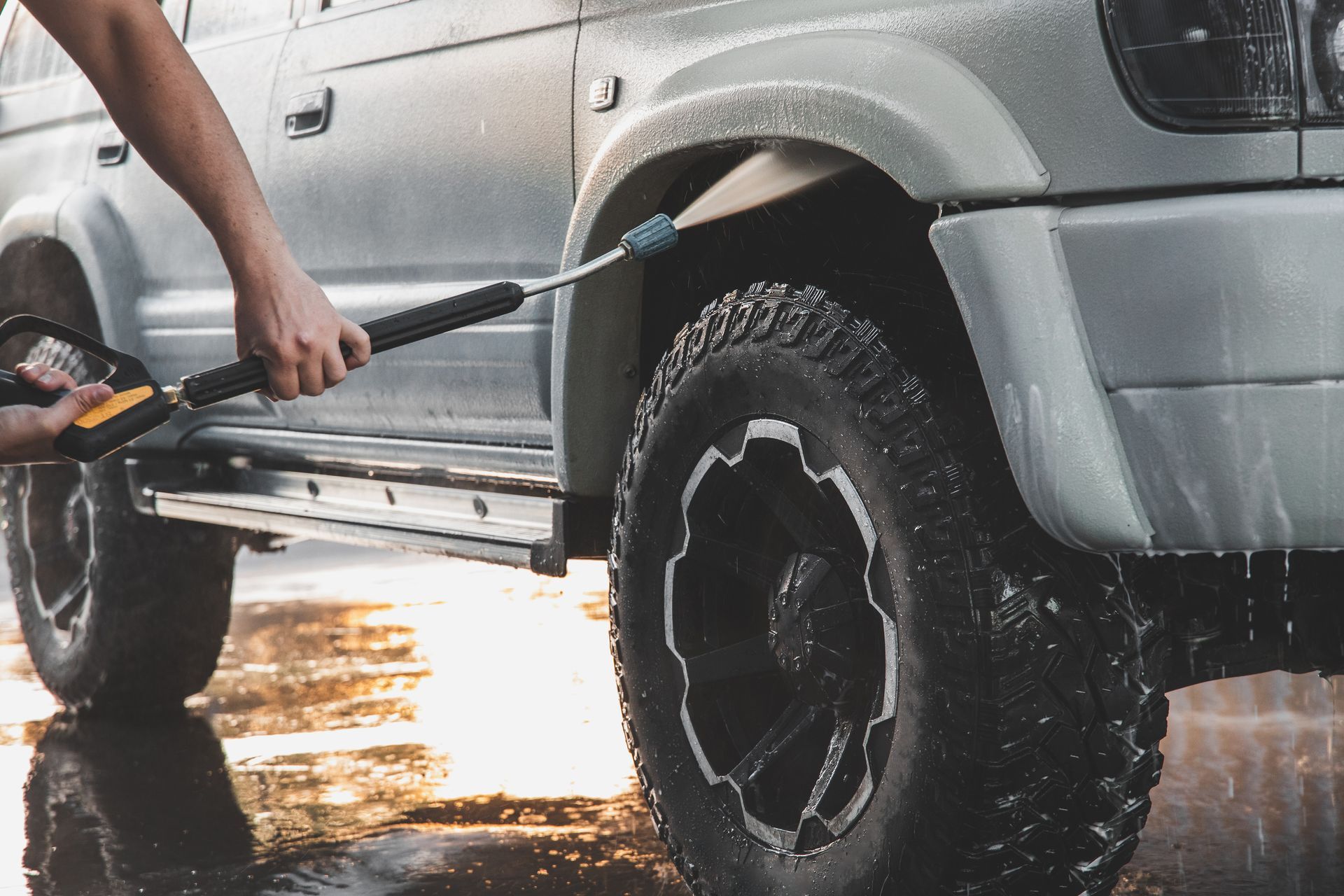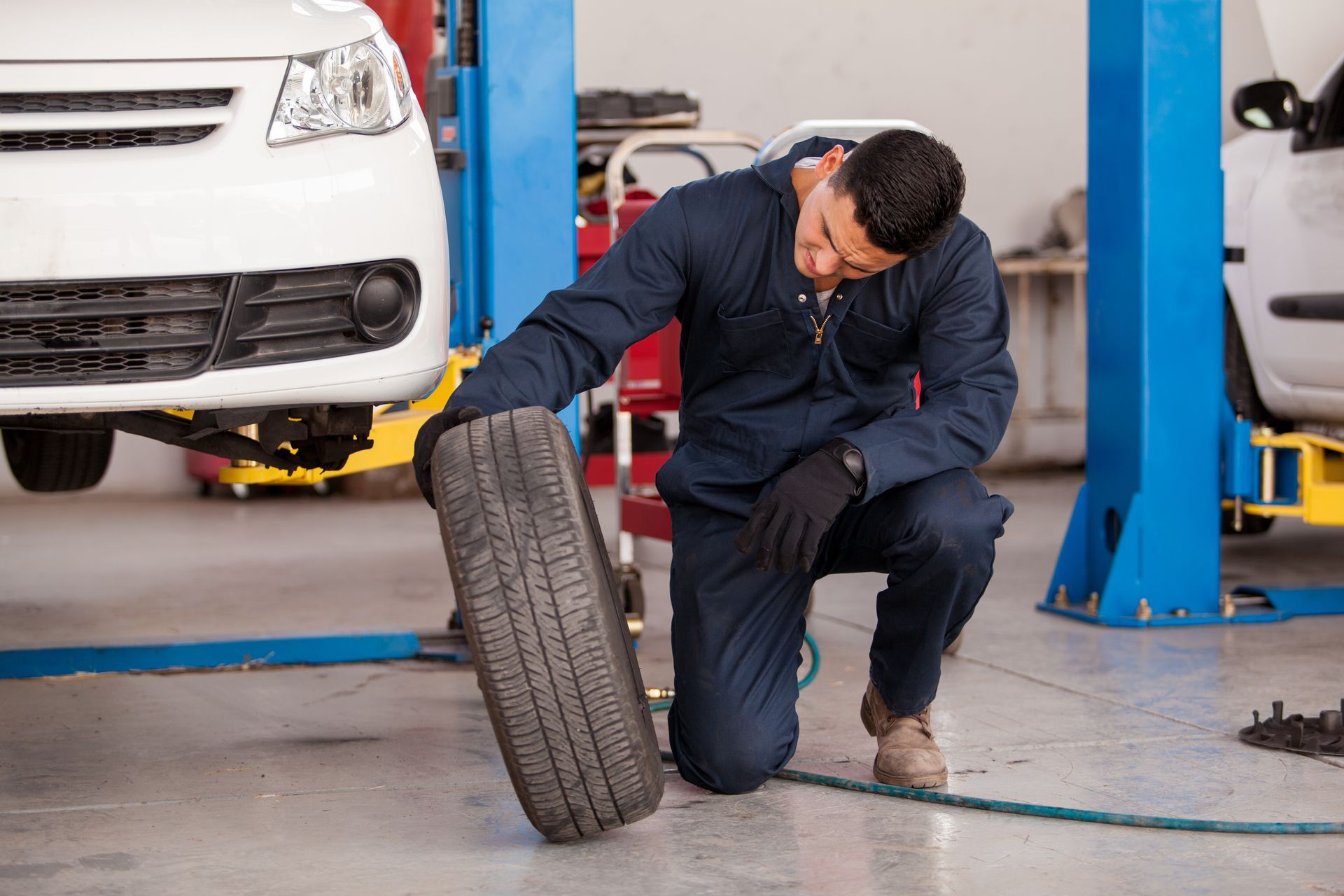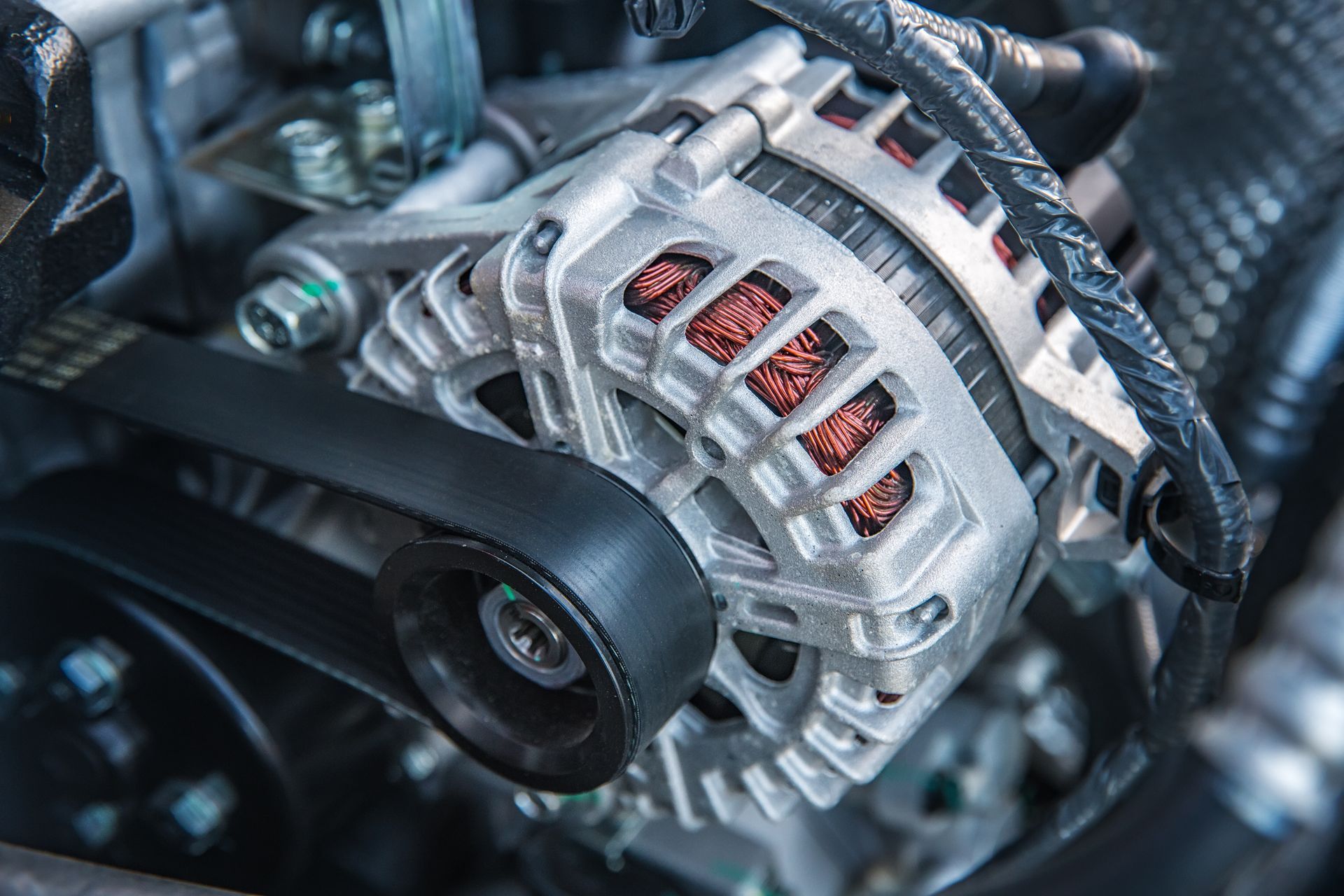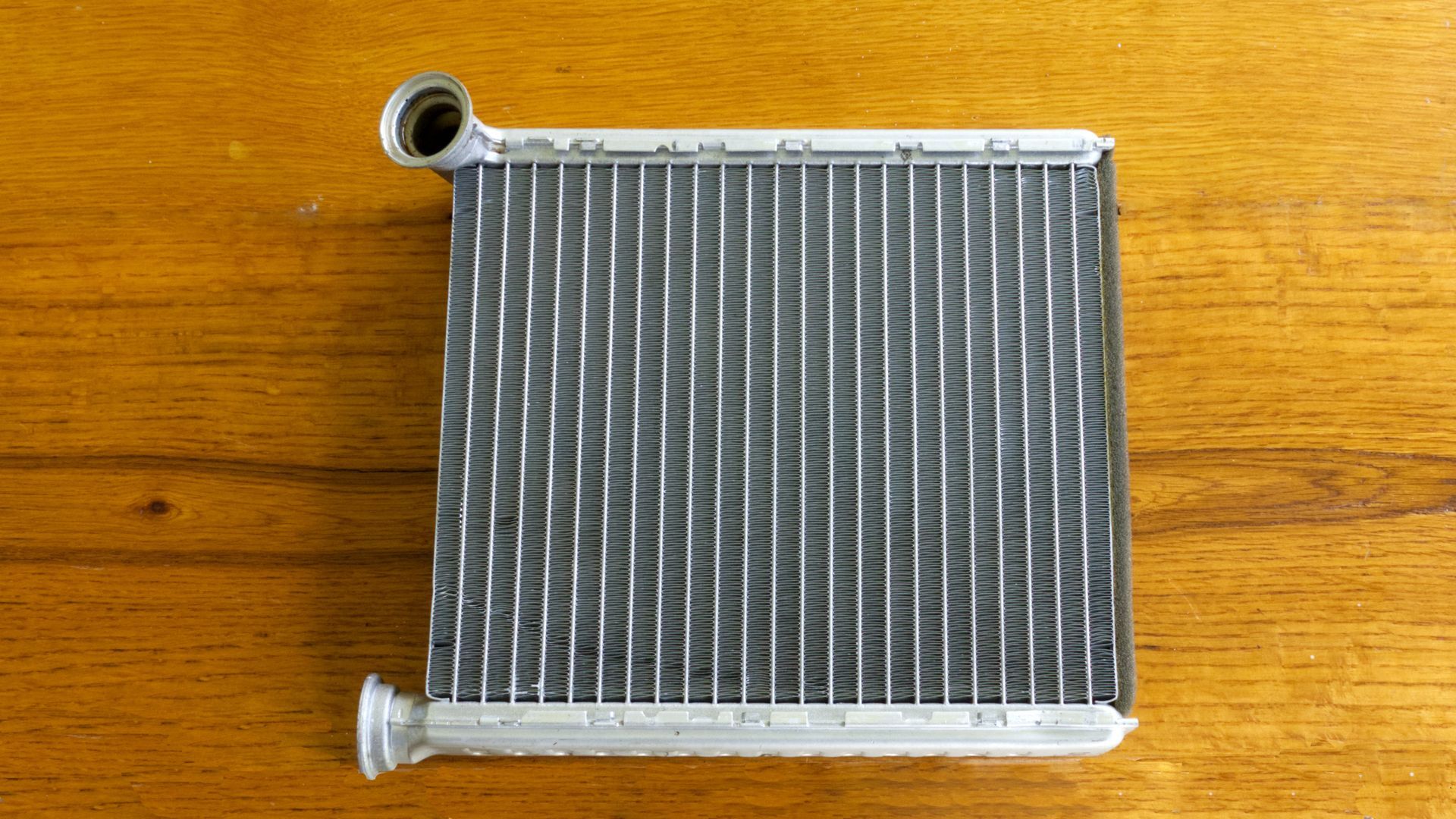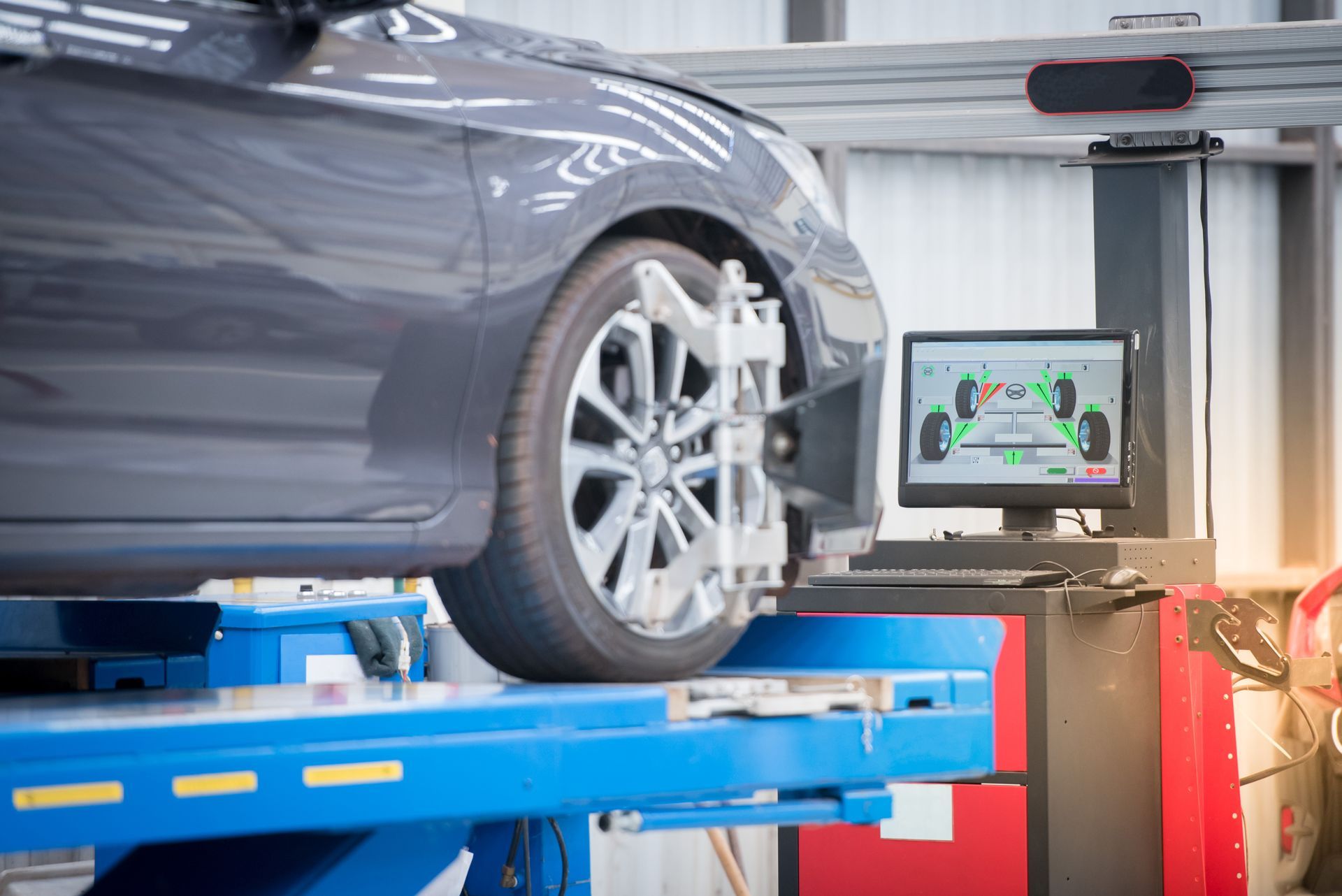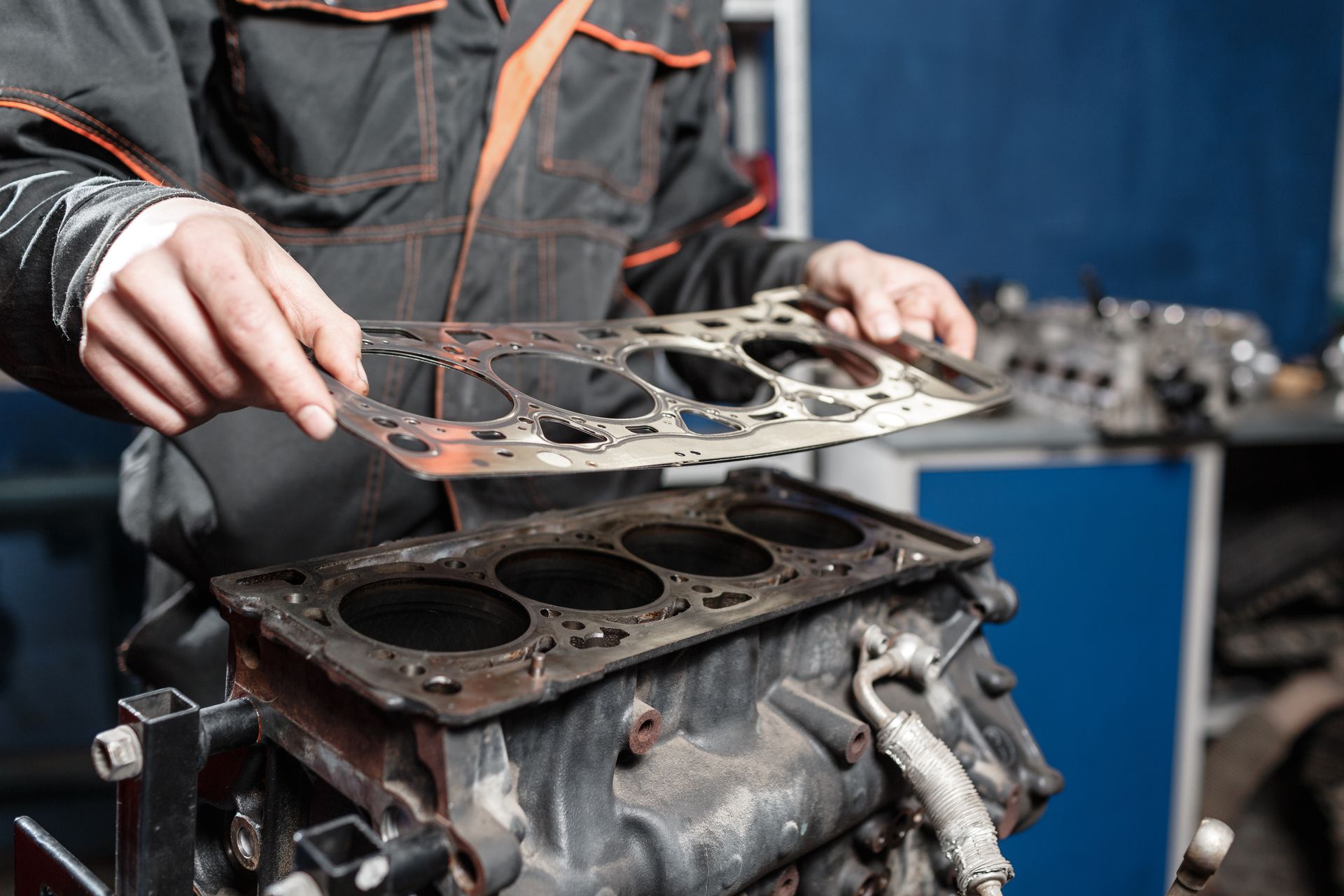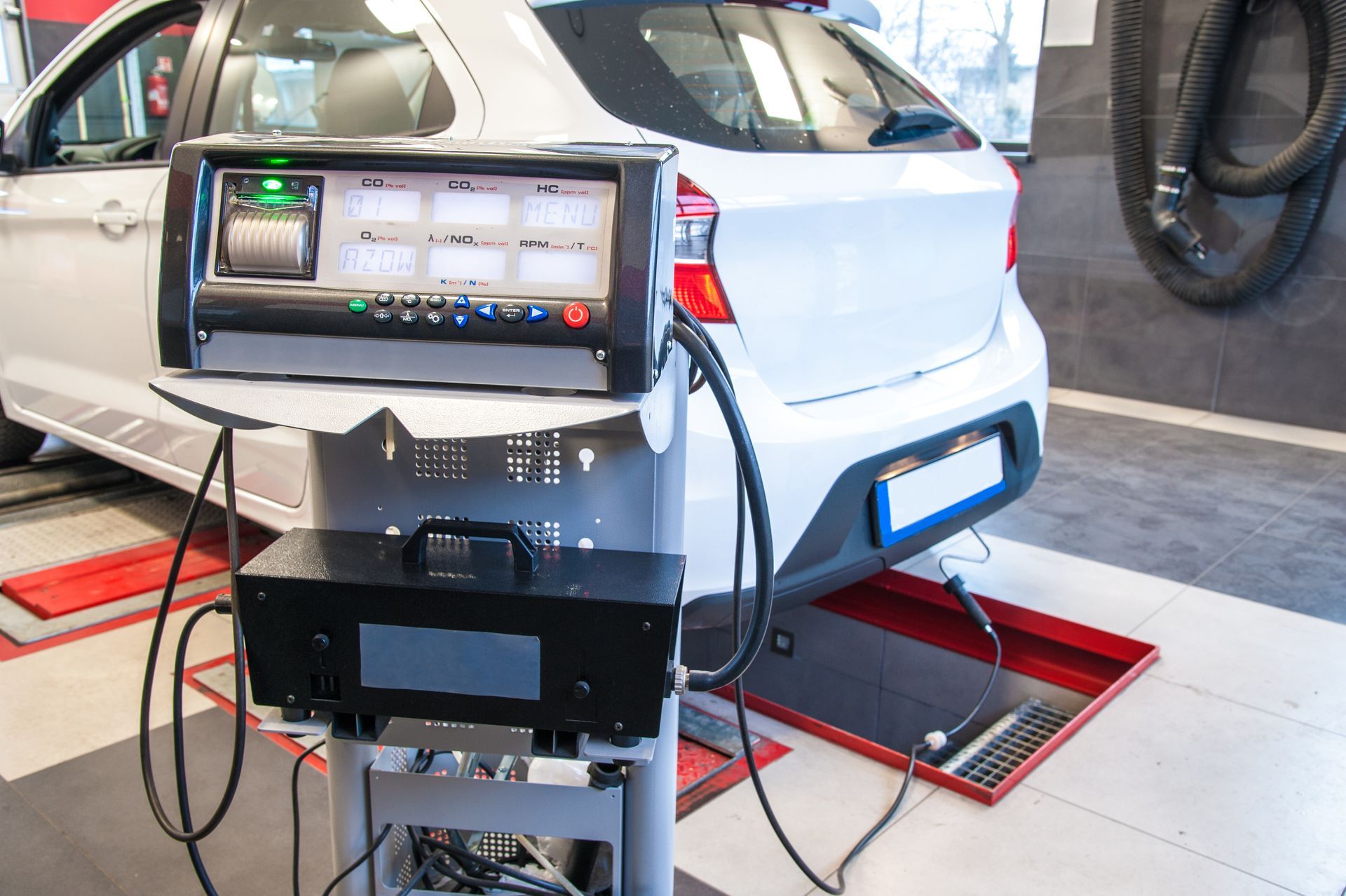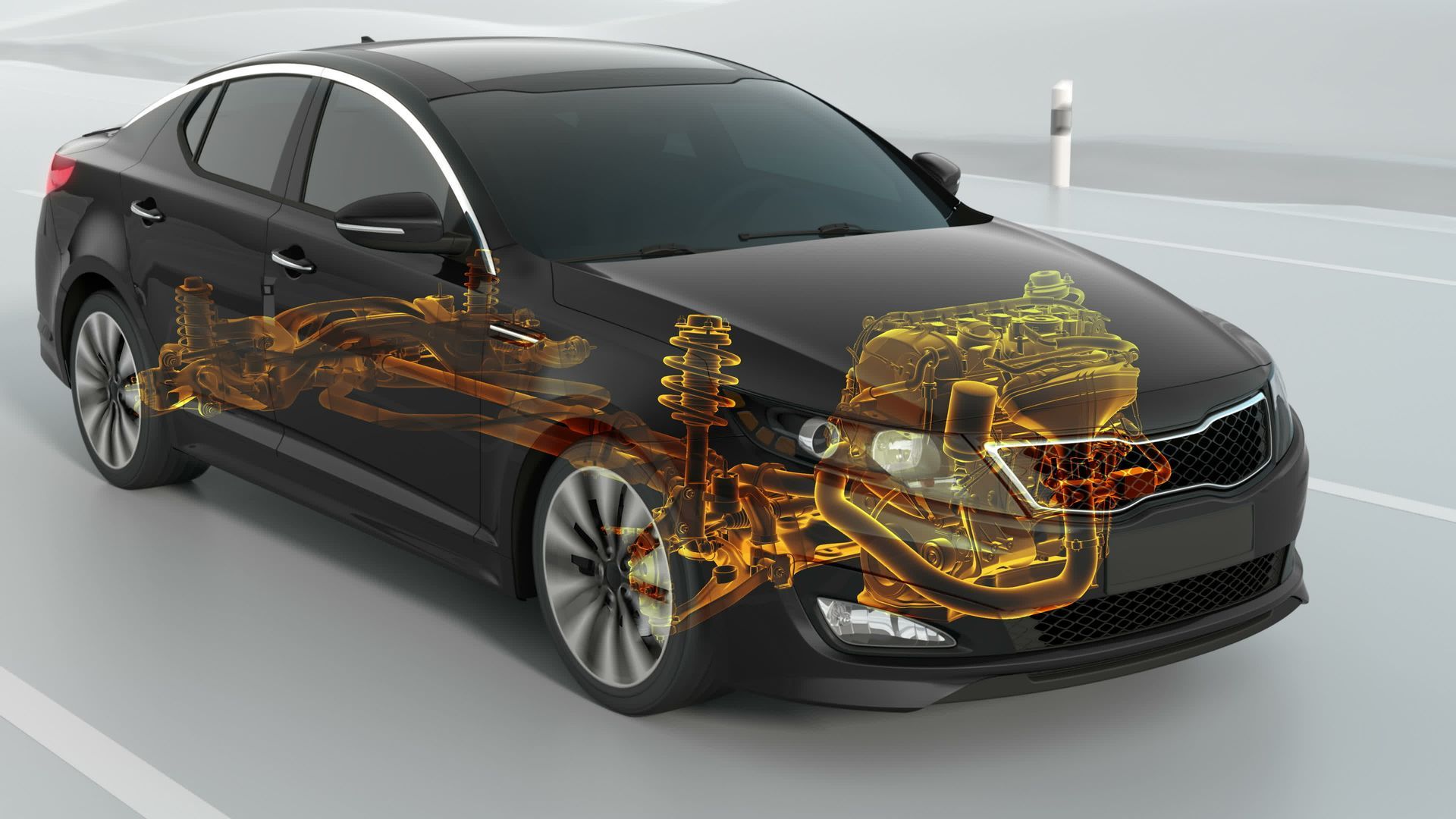5 Signs You Need To Change Your Car's Transmission Fluid
December 23, 2023
Your car's transmission is a vital component that often doesn't get as much attention as it should. While many focus on engine oil, tire pressure, and brake pads, your vehicle's transmission fluid is just as crucial to its performance and longevity. If you're not a gearhead, don't worry; recognizing when this fluid needs a change isn't rocket science. Below are five tell-tale signs indicating that it's time to give your car's transmission some care.
Unusual Noises and Movements
When your car starts humming, whining, or clunking in a way that makes you raise an eyebrow – pay attention. These sounds may be signs that your transmission fluid is deteriorating. Healthy fluid allows your car to shift gears smoothly; if it has gone bad, you might also feel your car jerking or shaking during shifts. This physical feedback from your vehicle shouldn't be ignored.
Murky or Discolored Transmission Fluid
Fresh transmission fluid has a bright red color and a slightly sweet smell. As it ages and gets contaminated, the color turns darker—eventually becoming brown or black—and can emit a burnt odor. Pull out the dipstick for the transmission fluid and inspect both its color and scent to gauge its condition.
Sluggish Response
Have you noticed that your car seems hesitant when changing gears? Perhaps there's an uncomfortable pause when you move from park to drive or when accelerating. This hesitation can indicate low or dirty transmission fluid, which fails to lubricate and cool the transmission adequately.
Fluid Leaks
Transmission fluid shouldn't go missing; if levels are dropping, there's likely a leak somewhere. Puddles of reddish liquid under your vehicle are warning signs not to be overlooked. Address leaks immediately before they lead to more significant problems.
The Mileage Indicator
Finally, keep track of mileage since most manufacturers recommend changing the transmission fluid at specific intervals – typically every 30,000 to 60,000 miles (though this varies by make and model). Even if none of the above signs have manifested yet, adhering to suggested maintenance schedules helps prevent issues before they start.
By being proactive with changing your car's transmission fluid upon noticing these signs, you'll help ensure smoother and more efficient rides. Give us at
Gibbon Tire and Auto a call, and we will get your car in the shop, so we can fix any issue, keeping it from performing at its best.
Get In Touch
Our Location
Loading ...
Missing business hours data / Error occurred while getting the data.
Have Trouble Finding Us?
Loading ...
Missing nap lines data / Error occured while getting the data.


